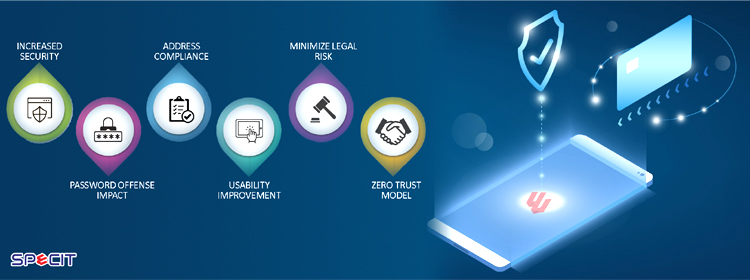
Two recent ransomware incidents have shed light on how attackers exploit security blind spots, emphasizing the importance of comprehensive security measures.
Incident 1: Play Ransomware Attack
In this case, attackers exploited compromised domain admin credentials to breach an unprotected remote desktop server. The absence of adequate security coverage allowed the attackers to remain undetected initially. They attempted to establish persistence by installing a remote monitoring application and used commercially available tools to move laterally within the network. Although some malicious activities were detected and blocked, the attackers managed to execute the Play ransomware, targeting multiple devices. The attack was eventually neutralized, but a more robust security framework could have mitigated the threat much earlier.
Incident 2: Akira Ransomware Attack
This attack highlighted vulnerabilities stemming from unprotected devices, a VPN without multifactor authentication (MFA), and a "ghost" account created for a third-party vendor that was not deactivated after the vendor's departure. The attackers used the ghost account credentials to access the network via the unsecured VPN. They attempted lateral movement using malware and hacking techniques, targeting endpoint security measures. While the malicious activities were eventually blocked, the incident underscored the risks of incomplete security protocols.
Two recent ransomware incidents have shed light on how attackers exploit security blind spots, emphasizing the importance of comprehensive security measures.
Incident 1: Play Ransomware Attack
In this case, attackers exploited compromised domain admin credentials to breach an unprotected remote desktop server. The absence of adequate security coverage allowed the attackers to remain undetected initially. They attempted to establish persistence by installing a remote monitoring application and used commercially available tools to move laterally within the network. Although some malicious activities were detected and blocked, the attackers managed to execute the Play ransomware, targeting multiple devices. The attack was eventually neutralized, but a more robust security framework could have mitigated the threat much earlier.
Incident 2: Akira Ransomware Attack
This attack highlighted vulnerabilities stemming from unprotected devices, a VPN without multifactor authentication (MFA), and a "ghost" account created for a third-party vendor that was not deactivated after the vendor's departure. The attackers used the ghost account credentials to access the network via the unsecured VPN. They attempted lateral movement using malware and hacking techniques, targeting endpoint security measures. While the malicious activities were eventually blocked, the incident underscored the risks of incomplete security protocols.
Key Takeaways
These incidents demonstrate that attackers often exploit overlooked vulnerabilities, such as unprotected servers, weak authentication mechanisms, and unused accounts. To minimize risks, organizations must adopt a layered security approach, including:
By addressing these blind spots, organizations can significantly reduce the window of opportunity for attackers and enhance their overall security posture.
Copyright 2024, All Rights Reserved | Web Designed by Spiderline